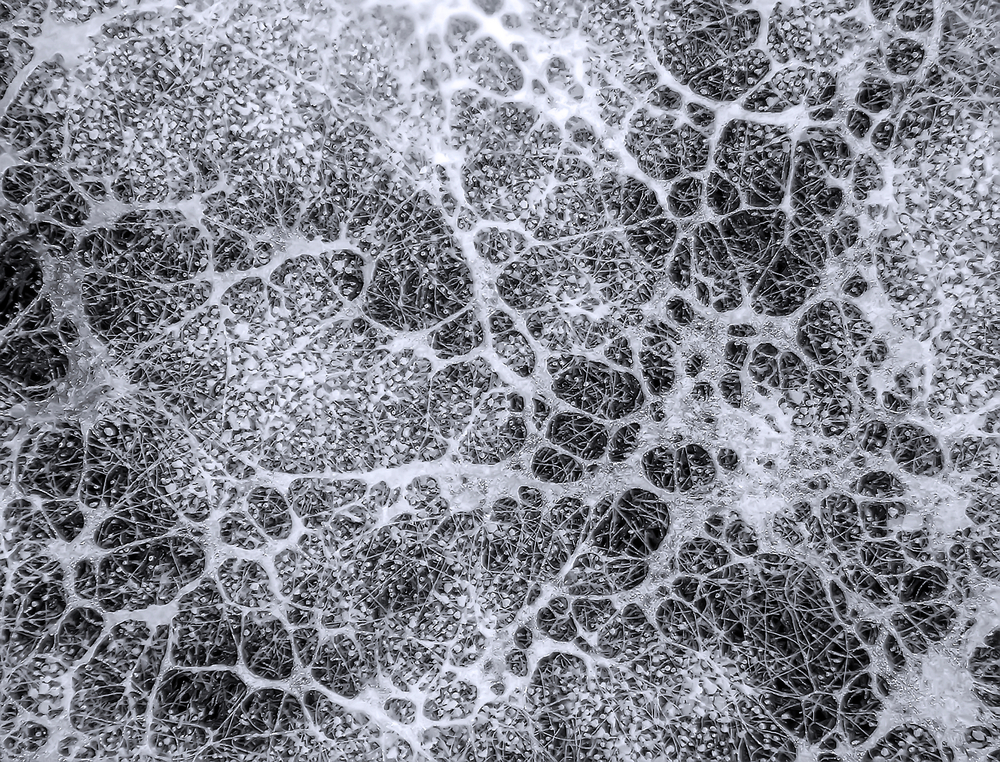Fungi is doing what it’s been doing for more than a billion years – eating rock, making soil, digesting pollutants, nourishing and killing plants, producing food, making medicines, manipulating animal behavior and influencing the composition of the Earth’s atmosphere. Yet, fungi are largely hidden from view and more than 90% of their species remain undocumented.
Fungi make up one of life’s kingdoms – as broad and busy a category as animals or plants. Plants only made it out of water around 500 million years ago because of their elaborate collaboration with fungi, which served as their root systems for tens of millions of years until plants could evolve their own. Today, over 90% of plants depend on mycorrhizal fungi. Tens to hundreds of fungi species can exist in the leaves and stems of a single plant. They are as much a part of the plant as leaves or roots.
Metabolism is the art of chemical transformation. Fungi are metabolic wizards and can explore, scavenge and salvage ingeniously. Their abilities are only rivaled by bacteria. While mushrooms dominate the popular fungal imagination, but just as the fruits of plants are one part of a much larger structure, mushrooms are only the fruiting bodies of fungi, the place where spores are produced. Fungi use spores like plants use seeds, to disperse themselves. However, mushrooms are only one approach among many: the overwhelming majority of all fungal species release spores without producing mushrooms at all.
We all live and breathe fungi, thanks to the prolific abilities of fungal fruiting bodies to produce spores. Fungi produce about 50 megatons of spores each year or the equivalent weight of 500,000 blue whales – making them the largest source of living particles in the air. Most fungi form networks of many cells known as hyphae. These are fine tubular structures that branch, fuse, and tangle into the eruptive network of mycelium. Mycelium describes the most common of fungal habits, it’s better thought of as not a thing but as a relentless exploratory form. The key takeaway is that this mutually cooperative network has had a relationship with plants for millions of years. It moves water and nutrients through the entire ecosystem and by implementing agricultural practices that promote mycelium expansion, crop performance improves. The more efficient use and access to water can be a lifesaver. We also see less disease and pest pressure.
We carry two products that help promote and substantiate the mycelium network and fungal activity. MetaGrow ST compost tea has both bacterial and fungal properties and Pacific Gro oceanic fish hydrolysate is very fungal promoting as well as providing very available calcium to the plant. Both are biological-based products that help mineralize nutrients for improved plant availability. They can be applied by fertigation and foliar spray.





